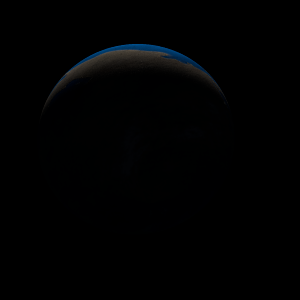|
|
Space Astro
|
Info for exoplanet "Fuzobu Da"
| Scientific (actual) data |
|---|
| Name | Kepler-548 b |
| Planet status | Confirmed |
| Radius | 1.07 |
| Orbital period | 4.45419 |
| Discovered | 2016 |
| Updated | 2021-02-05 |
| Tconj | 2455010 |
| Publication | Announced on a website |
| Detection type | Primary Transit |
| Alternate names | 2MASS J19593741+4526228 b, K00421.01, KIC 9115800 b, KOI-421 b, KOI-421.01, WISE J195937.42+452622.7 b |
| Star name | Kepler-548 |
| Right ascension | 299.91° |
| Declination | 45.44° |
| Mag j | 13.581 |
| Mag h | 13.148 |
| Mag k | 13.071 |
| Star distance | 776 |
| Star metallicity | 0 |
| Star mass | 0.93 |
| Star radius | 0.9 |
| Star age | 4.37 |
| Star temperature | 5535 |
| Star alternate names | 2MASS J19593741+4526228, KIC 9115800, KOI-421, WISE J195937.42+452622.7 |
| Wikipedia article | Kepler-548 b |
Back
| |
| Fictional info (?) |
|---|
| Suggested name | Fuzobu Da |
| Planet type | Cold planet |
| The outer atmosphere is visibly segregated into several bands at different latitudes, resulting in turbulence and storms along their interacting boundaries. A prominent result is the "great black spot", a giant storm that is known to have existed for centuries since it was first seen by telescope. |
| Atmosphere | Argon | 69% |
| Nitrogen | 28% |
| Ammonium hydrosulfide (NH4SH) | 2.8% |
| Atmospheric pressure | 0.001 bar |
 |
| Moon | Zamiirya Juihapya | Very small slightly egg-shaped crater-filled moon |
| Chito | Very small round rocky moon |
| Nenobya'rogi | Very small round rocky asteroid |
| Google search for Fuzobu da |
|
Website by Joachim Michaelis
|
|
|
|